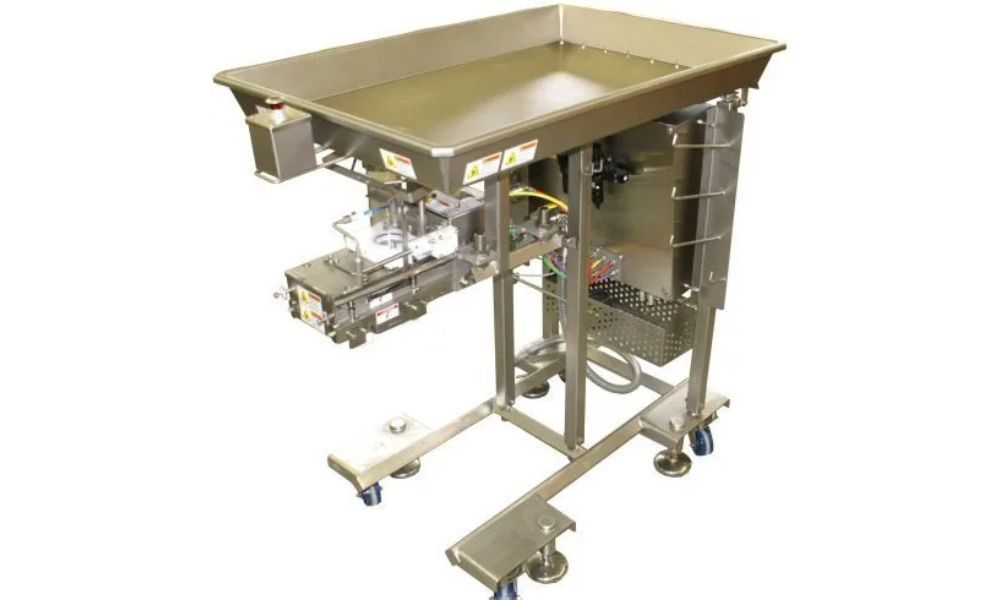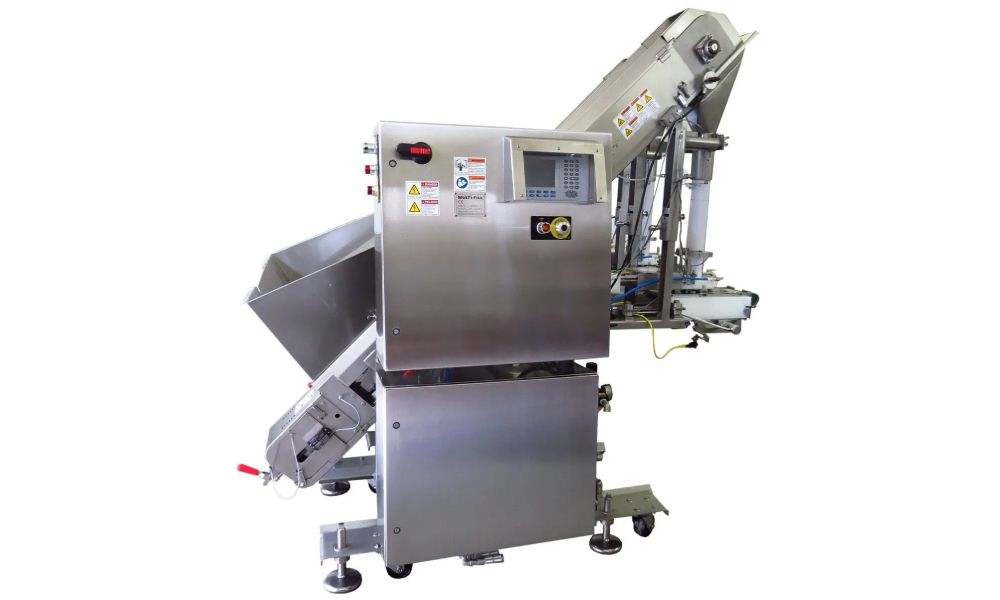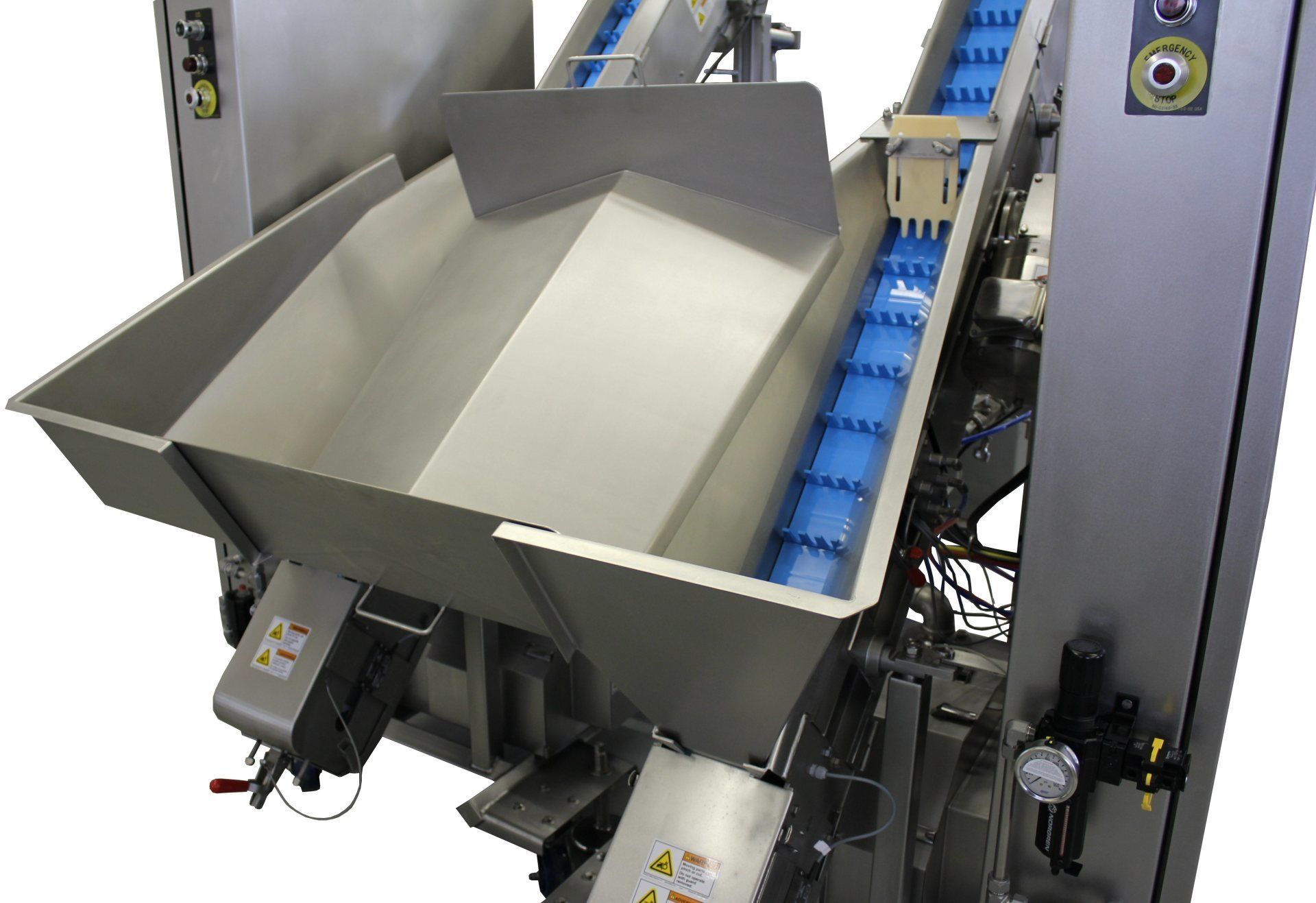cGMP Series
Food safety is a paramount concern in the food industry, and the implementation of effective preventive measures is crucial in preventing foodborne illnesses. One such preventive system is Hazard Analysis and Risk-Based Preventive Controls (HARPC). In this article, we will delve into the pivotal role of HARPC in ensuring food safety, its connection with Hazard Analysis and Critical Control Points (HACCP), and its application in food filling machines. We will also explore the importance of HARPC in washdown procedures for food filling machines and its implementation in clean-in-place procedures to prevent foodborne illnesses. Lastly, we will discuss the future of HARPC and its critical insight in ensuring food safety.
This is the third in a series of articles on cGMP. Read the others here:
Delving into cGMP: Its Crucial Role in Food Packaging and Safety
Harmonizing cGMP, HACCP, and HARPC in Food Line Safety

Understanding HARPC and Its Influence on Food Safety
Hazard Analysis and Risk-Based Preventive Controls (HARPC) is a preventive system designed to identify and mitigate potential hazards in food production. It focuses on preventing foodborne illnesses by identifying and addressing hazards that may pose significant risks to consumers. By implementing HARPC, food manufacturers can proactively identify and control hazards, ensuring the safety of their products and protecting consumer health.
The Connection between HACCP, HARPC, and Critical Control Points
HARPC and Hazard Analysis and Critical Control Points (HACCP) share a close relationship in terms of their objectives and principles. HACCP serves as the foundation for HARPC, providing a systematic approach to identify, evaluate, and control hazards. Critical Control Points (CCPs) are specific steps within the production process where control measures can be applied to prevent, eliminate, or reduce hazards. HARPC builds upon HACCP by incorporating additional preventive controls and risk-based approaches to further enhance food safety.
The Role of HARPC in Food Filling Machine's Washdown Procedures
Food filling machines play a crucial role in the production process, and proper cleaning and sanitation are essential to prevent cross-contamination and ensure food safety. HARPC guidelines are instrumental in establishing effective washdown procedures for food filling machines. These procedures involve thorough cleaning, sanitization, and maintenance to eliminate any potential hazards or contaminants. By adhering to HARPC principles, food manufacturers can maintain the highest standards of cleanliness and minimize the risk of foodborne illnesses.
Implementing HARPC in Clean-in-place Procedures to Prevent Foodborne Illness
Clean-in-place (CIP) procedures are essential in maintaining the cleanliness and integrity of food filling machines. HARPC provides valuable guidance in implementing effective CIP procedures to prevent foodborne illnesses. This includes proper disassembly, cleaning, sanitization, and reassembly of the equipment. By following HARPC guidelines, food manufacturers can ensure that CIP procedures effectively eliminate any potential hazards, maintaining the safety and quality of their products.
The Future of HARPC in Ensuring Food Safety: A Critical Insight
As the food industry continues to evolve, the future of HARPC holds significant importance in ensuring food safety. With advancements in technology, increased automation, and stricter regulations, HARPC will play a critical role in preventing foodborne illnesses. The integration of advanced monitoring systems, enhanced traceability, and improved training programs will further strengthen the implementation of HARPC. By staying ahead of emerging risks and continuously improving preventive measures, the industry can maintain the highest standards of food safety for the benefit of consumers.
In conclusion, HARPC plays a pivotal role in ensuring food safety by identifying and mitigating potential hazards in the food production process. Its connection with HACCP and Critical Control Points enhances preventive measures. Implementing HARPC in washdown and clean-in-place procedures for food filling machines is crucial in preventing foodborne illnesses. Looking ahead, the future of HARPC will continue to prioritize food safety through advancements in technology and stricter regulations. By embracing these advancements and adhering to HARPC guidelines, the food industry can effectively safeguard consumer health and well-being.
If you are a food manufacturer looking to enhance your food safety practices and implement HARPC effectively, we invite you to
contact us at Multi-Fill. Our team of experts can provide you with valuable insights and solutions tailored to your specific needs. Reach out to Multi-Fill today to take the next step in strengthening your food safety protocols and ensuring the highest standards of quality and consumer protection.
This is the second in a series of articles on cGMP. Read the others here:
Delving into cGMP: Its Crucial Role in Food Packaging and Safety
Harmonizing cGMP, HACCP, and HARPC in Food Line Safety
Designing a food filling line: Product is king












